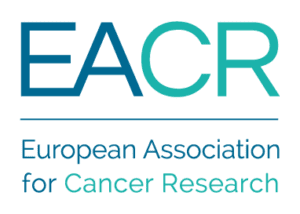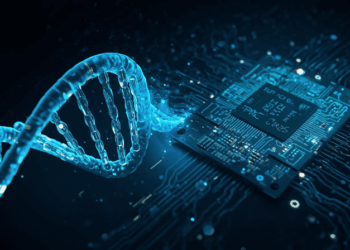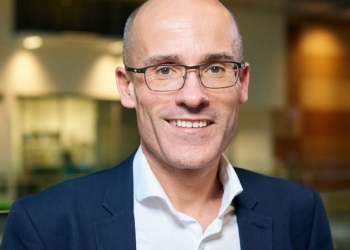When I first opened a gene expression dataset with 20,000 features, I had a moment of realisation: pipettes won’t help me here.
Coming from a pharmacology and wet-lab background, I wasn’t trained in coding, computer science, or statistics. Like many others, I had doubts. Can I really do this? Will I ever understand what these scripts mean?
But I kept going. I learned. I made mistakes. I asked questions that felt silly at the time. Eventually, I completed my PhD in bioinformatics, and now I work as a postdoctoral fellow in computational cancer biology. That transition wasn’t just about switching tools but changing how I think.
Bioinformatics is no longer some optional niche. It’s a core part of modern cancer research. Presently there are new data types based on experiments from wetlabs and new sequencing machines. Tools like RNA-seq, CRISPR screens, and single-cell sequencing generate huge datasets that are rich with information, but only if we know how to handle them.
And here’s the thing: you don’t need to become a programmer to start benefiting from bioinformatics.

In recent collaborations with brilliant wet-lab teams, I saw both the potential and the pitfalls that come when we don’t speak the same “data language.” Their experimental work was meticulous, and the datasets they produced had real value. But early on, we hit a few bumps, not because anyone lacked skill, but because there was a gap in understanding.
Questions like, which samples should be grouped together? what kind of differential analysis are you expecting? what does your metadata actually look like?
They might sound like small things. But the answers shape the entire analysis and miscommunication at this stage can cost time, create confusion, and even lead to flawed interpretations.
It’s not just about saying “can you send me a volcano plot” or “we’d like a heatmap.” It’s about understanding what those plots really represent, what assumptions were made, what filters were applied, and how the data supports (or challenges) your hypothesis.
I’ve seen this pattern more than once. We often talk about improving collaboration between wet-lab and dry-lab teams, but in practice, it still breaks down not because of technical barriers, but because we often don’t take that small but vital step of learning how the other side works.
Even a basic understanding of bioinformatics , not coding, just the structure, the logic, the way data flows through a pipeline, can transform how we work together. It helps wet-lab scientists frame better questions, plan more thoughtful experiments, and feel more confident engaging with computational results.
And if you’re an early-career researcher, this is the best time to start.

Right now, many cancer research projects involve large-scale data: transcriptomics, methylation profiles, CRISPR screens, even clinical trial datasets. Understanding how these datasets are analysed isn’t just “nice to have” anymore, it is becoming essential. And as early-career researchers, we’re in the most flexible, open phase of our learning. That’s an opportunity.
You don’t need to know how to write code from scratch. You don’t need to master machine learning or become a bioinformatics expert. But being able to ask the right questions, understand the basic structure of an RNA-seq pipeline, or know why certain genes were filtered out, that kind of fluency is powerful.
Because at the end of the day, this isn’t just about tools or techniques. It’s about bridging gaps, not just between data and biology, but between people. Between perspectives. Between disciplines.
Even if it’s just understanding what a FASTQ file is, or why metadata matters, that small bit of knowledge makes a big difference. It builds respect, improves collaboration, and leads to better science.
You don’t need to be a coder. But a little bioinformatics literacy goes a long way.
 About the author:
About the author:
Venugopalareddy Mekala, holds a PhD in Bioinformatics and is continuing his research as a postdoctoral fellow at the University of Alabama at Birmingham, UAB. His research focuses on computational cancer biology, including transcriptomics, epigenomics, machine learning, and clinical trials. He also develops and runs NGS pipelines. Away from the screen, he enjoys exploring hiking trails.



 About the author:
About the author:


